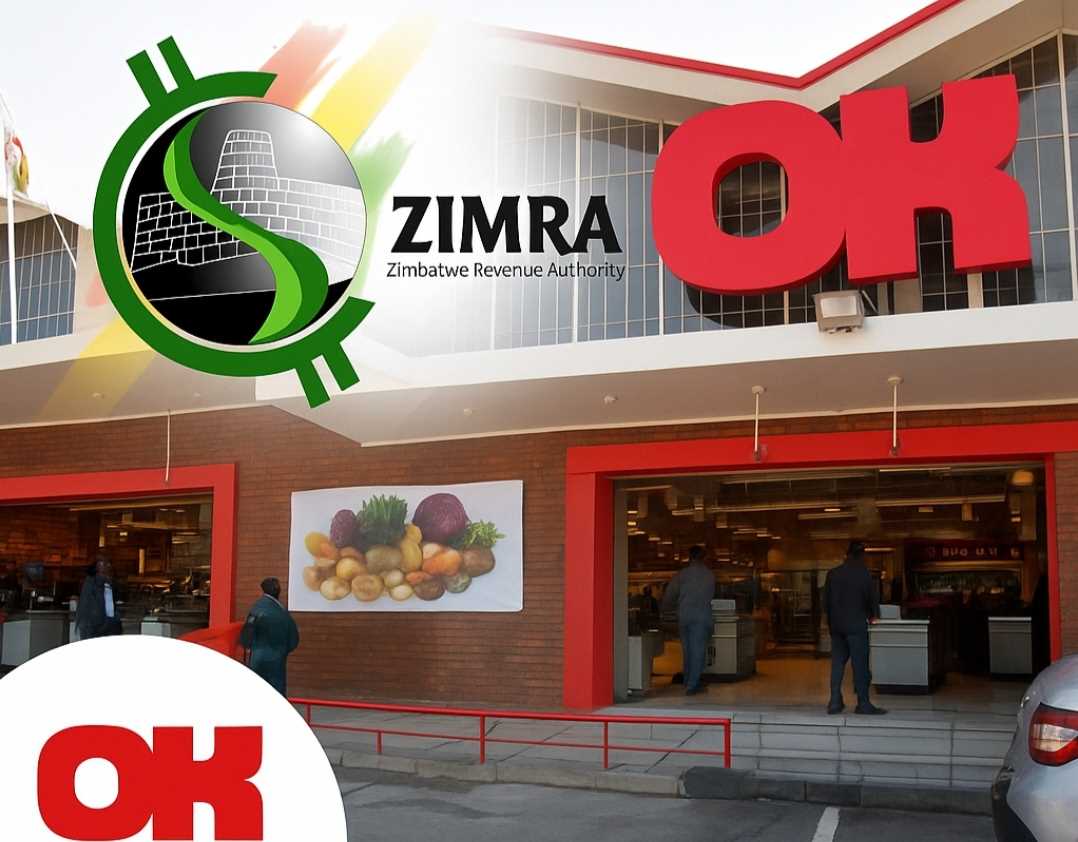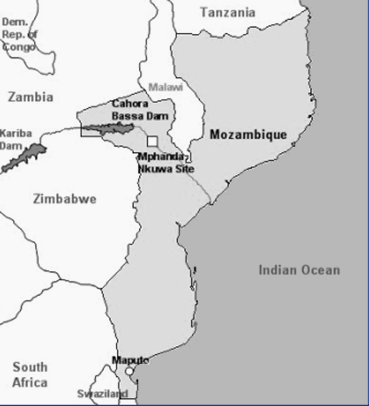
Audrey Galawu
Assistant Editor
Zimbabwe’s berry industry has experienced remarkable growth, with exports rising by 50% in 2024. According to ZimStats, exports increased from 5.6 million kilograms in 2023 to 8.4 million kilograms this year, reinforcing the country’s growing reputation as a key player in the global berry market.
A variety of berries—including grapes, cranberries, bilberries, strawberries, raspberries, blackberries, and dried fruits—are exported, but blueberries dominate due to high international demand.
Zimbabwe’s main export destinations include Germany, the Netherlands, Spain, the United Kingdom, and the Far East, particularly Singapore, Malaysia, and Cambodia.
The UAE is also a key market. Notably, Zimbabwe’s entire berry production is for export, with no local sales.
While in Berlin promoting Brand Zimbabwe and engaging with EU and UK companies eager to collaborate with Zimbabwean smallholder farmers, industry advocate Kuminda Founder and CEO, Clarence Mwale expressed concern over recent policy shifts that could threaten the sector’s momentum.
Related Stories
"I am n Berlin, Germany, telling a Zimbabwean story. Many EU and UK companies want to work with is and our small holder farmers and we are making good business plans and progress for 2025 season," he said.
The Zimbabwean government recently announced a new monetary policy that reduces the foreign currency retention threshold for all exporters from 75% to 70%, meaning exporters will now have to surrender 30% of their earnings at the official exchange rate, up from 25%.
"The announced new monetary policy, which includes a reduction in the foreign currency reduction threshold from 75% to 70% for all exporters is harsh on us and our small holder farmers.
"This is coming after KLM announced cessation of cargo flights to Harare which is a second tough challenge before the season evens begins."
Industry players argue that these policy shifts could weaken the country's export competitiveness at a time when global demand for high-quality produce is rising. With berry farming requiring significant investment—estimated between US$70,000 and US$120,000 per hectare—the sector is already capital-intensive.
A proposed 50-hectare expansion project is expected to cost between US$5 million and US$6 million, and any reduction in forex retention could strain financial planning for 2025.
Additionally, the industry faces persistent challenges, including erratic electricity supply from ZESA, which affects irrigation systems, a shortage of cold chain infrastructure, and a lack of skilled labor in blueberry farming.



















Leave Comments